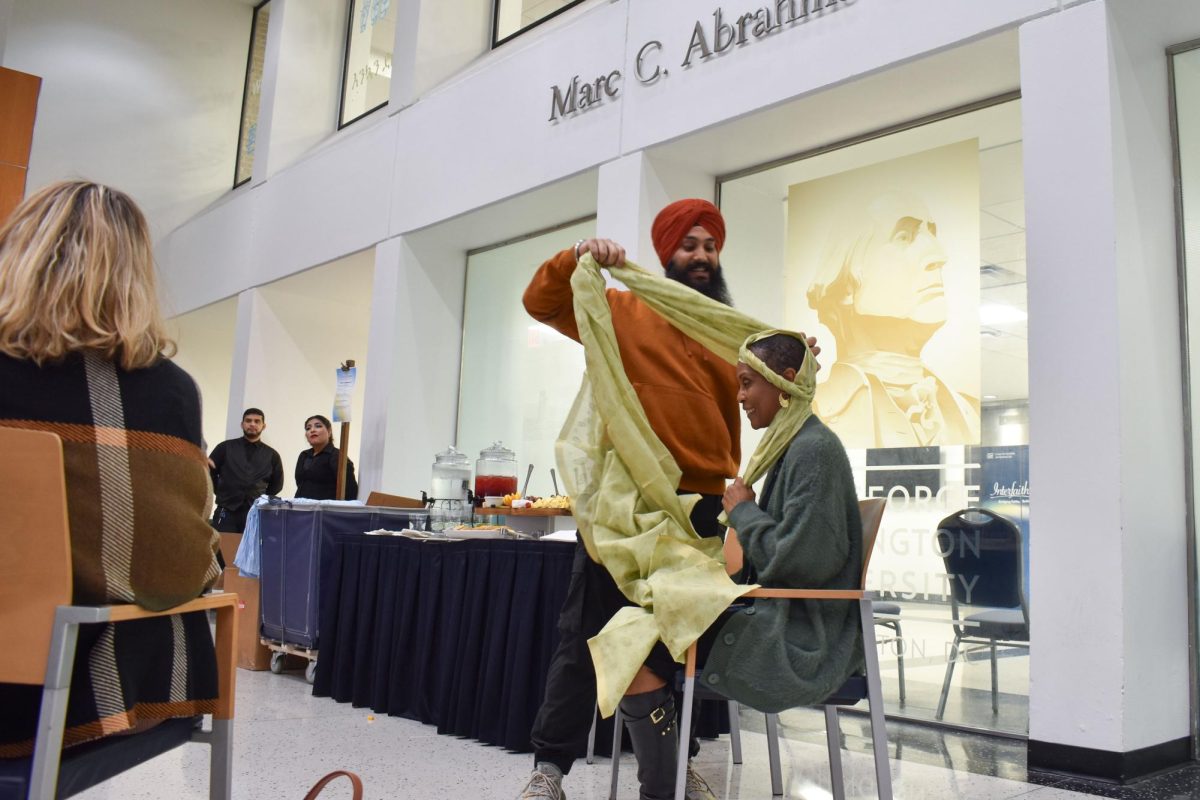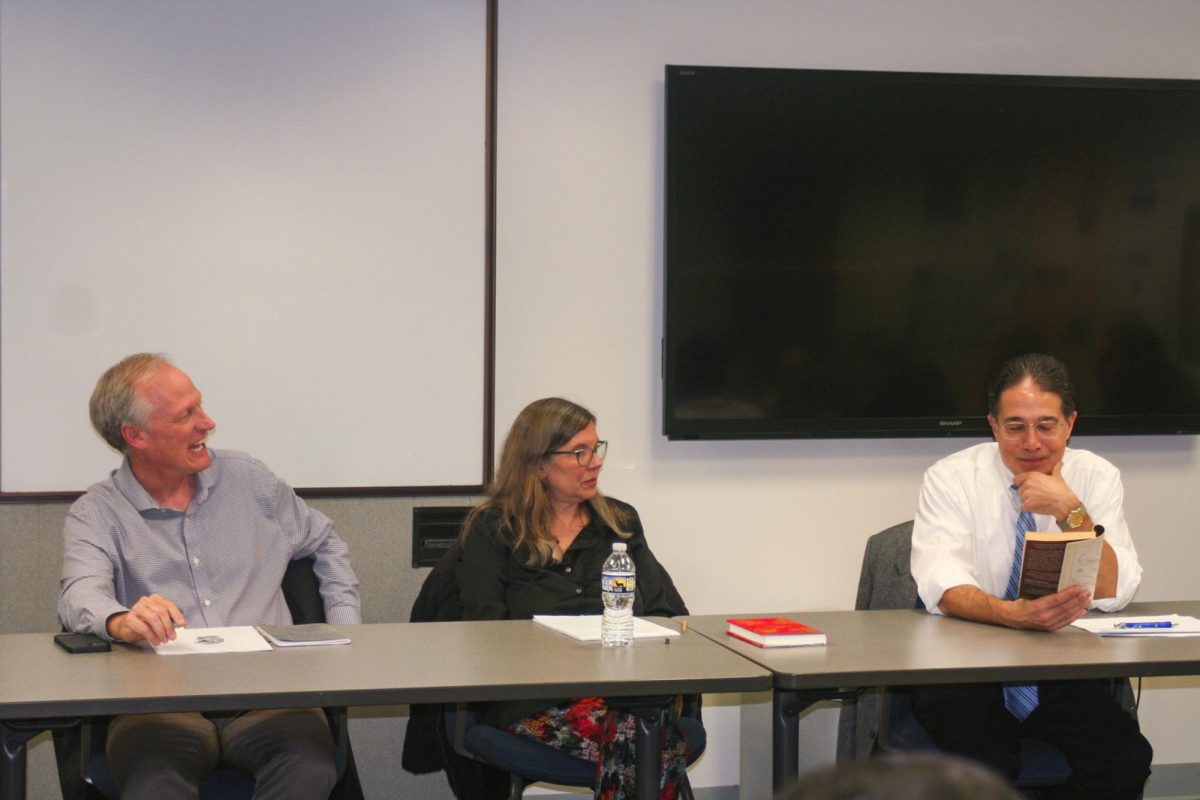When freshman Annabel Havarti, the founder of Humans of GW, saw Chow Paueksakon sitting in District House listening to music, she did not think anything of it – until she started asking personal questions.
After talking to Paueksakon, a Hatchet reporter, Havarti learned he listens to music to perfect his passion for giving speeches and models them off of the “perfect” melodies, rhythms and crescendos in the songs he listens to, according to his profile featured on the Humans of GW Instagram account. Paueksakon is one of fourteen students who have been featured on the Humans of GW Facebook, Instagram, Mixcloud, YouTube and Twitter accounts since they launched in the beginning of April, Havarti said.
Modeled off of the popular Humans of New York series, the storytelling project at GW features University students and workers, and posts weekly profiles on Instagram to highlight the stories, personalities and motivations shared among the campus community. Members said the organization aims to help students, faculty and staff get to know each other better in order to foster community at GW.
“The big thing for me was I feel like at GW people know each other as roles like, ‘Oh that’s the girl who does this internship, or that’s the girl that’s in The Hatchet,’” Havarti said. “Everybody knows each other as what they’re doing, but that’s not all that you are.”
Havarti, who lives on campus, said she created the group last month after returning to Foggy Bottom for the spring semester and meeting other interesting students outside of her online classes, where personal connections are difficult to form. She said she was surprised GW did not have a Humans of GW group set up before she moved to campus and was sure there were plenty of other students who would also be interested in participating and interviewing their peers.
Havarti said the group is currently made up of three photographers, five interviewers and two members who listen to interviews and select quotes to post on the group’s Instagram. She said any student can join as an interviewer or photographer by reaching out to the group through their social media accounts.
She said similar to the original Humans of New York project, members will approach students randomly in a public space or ask friends if they are interested in being interviewed. She said students can also nominate each other to be interviewed through a form on their Instagram, which has received 15 nominations since the Instagram account launched last month.
“In my experience, a lot of the clubs are more official, and so you have to do a certain amount of work, and you have to do this and that,” she said. “But I don’t want it to be that way. I want people to just meet other people. I want it to be fun for the interviewers themselves, not just the people reading the posts.”
Selamawit Weimer, a freshman and interviewer for the group, said after getting over that “initial hesitation” to approach random students, she’s noticed most are interested in talking with someone new and interacting with each other socially.
“There’s that initial awkward like, ‘Okay, I have no idea who you are,’” Weimer said. “But then because we haven’t had social interaction for like a year now, everyone craves that. I think that’s another reason that it’s pretty cool this is starting during COVID. You see that side of it, because there’s another layer of distance of not knowing who people are because they’re behind the mask.”
She said she loves the “storytelling aspect” of Humans of GW because many students have impactful stories and passions that can be overlooked in basic class introductions. She said she is expanding her interviews to also include other faculty and staff who students may recognize but not know much about, like an enthusiastic employee at the District House Chick-Fil-A.
“That’s the impact of this,” Weimer said. “You start realizing everyone has a story, and everyone just wants to be heard. That’s what was so amazing about this – we’re providing that space, and then there’s a better sense of community because it’s not just blank Zoom screens or majors and all those little things that you only hear about when you introduce yourself.”
Junior and public health major Charles Cobbs, an interviewer with the group, said the interviews he has conducted typically last 30 minutes and he tries to ask questions that “flow” with the conversation to get the most interesting information from students and staff about their stories.
“When you have a city as your campus, everybody spreads out, and so it can be difficult for people to meet everybody,” Cobbs said. “I think this is a good way of bringing people together, giving people an idea of who actually is at their university, other than the people that are just in their small social circle.”







